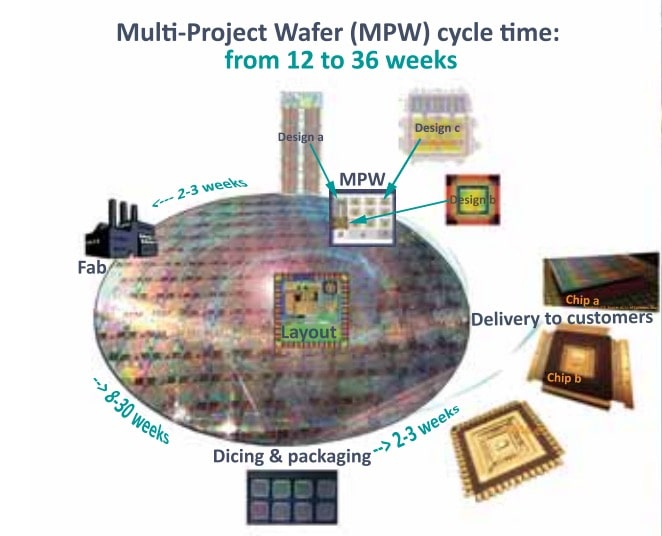You are currently viewing SemiWiki as a guest which gives you limited access to the site. To view blog comments and experience other SemiWiki features you must be a registered member. Registration is fast, simple, and absolutely free so please,
join our community today!
WP_Term Object
(
[term_id] => 151
[name] => General
[slug] => general
[term_group] => 0
[term_taxonomy_id] => 151
[taxonomy] => category
[description] =>
[parent] => 0
[count] => 447
[filter] => raw
[cat_ID] => 151
[category_count] => 447
[category_description] =>
[cat_name] => General
[category_nicename] => general
[category_parent] => 0
[is_post] =>
)
A multi-billion dollar project inspired by America’s Silicon Valley for the production and development of technological advancement is being built in Rwanda’s capital, Kigali.
This is an innovative effort, the first of its kind on the continent. The aim is to build a critical mass of talent, research and innovative… Read More
Arguably the cloud was the quickest road to riches for chip designers large and small. As an emerging company, if you wanted to raise money just put “Datacenter” in your pitch deck and you were assured millions. You would be competing with semiconductor’s version of David and Goliath (AMD and Intel) but that was a good thing, right?… Read More
As a very experienced semiconductor job seeker/employer the most important lesson I have learned in 35 years is that getting the first interview is not so much WHAT you know as WHO you know. Networking really is the key to career success and SemiWiki 2.0 is all about networking, absolutely.
In fact, that is one of the reasons why I became… Read More
In this second article about China’s role in the global semiconductor industry I analyse the impact of the Chinese government’s Big Fund and compare Chinese investments in semiconductor R&D with those in other countries. In my previous article, I looked at the possible effects of a US-China decoupling in the… Read More
On November 7 last year, Henry M. Paulson, Jr., Chairman of the Paulson Institute and former Secretary of the US Treasury gave a speech in Singapore about the growing tension between the United States and China and warned that “an economic iron curtain” is a very real possibility as a result of a decoupling between … Read More
Sometimes we get to see, up close, leaders who make a truly enormous contribution to society. Dr. Sunlin Chou was one such leader and I was a fortunate fellow traveler. Sunlin led the exponential rise of transistors for 35 years, accelerating the waves of revolutionary digital technologies serving humanity.
Fifty years have … Read More
On March 16, 2019, Google introduced the world to its cloud-based, multi-platform gaming service, Stadia. Described as “a gaming platform for everyone” by Google CEO Sundar Pichai at the Game Developers Conference, Stadia would make high-end games accessible to everyone. The video gaming industry, as we know it, will never … Read More
If you have checked out any of my previous blogs on quantum computing (QC), you may think I am not a fan. That isn’t entirely correct. I’m not a fan of hyperbolic extrapolations of the potential, but there are some applications which are entirely sensible and, I think, promising. Unsurprisingly, these largely revolve around applying… Read More
The IC design and verification process can be comprised of many independent point tools, or for more synergy you can have tools that work together by a more synergistic process. We’ve all heard the maxim, “Work smarter, not harder.” A white paper just came out from Methodics on a smarter approach, Traceability… Read More
On SemiWiki we often talk about bleeding-edge technology like 7nm, 5nm or even 3nm, but for analog IC designs there’s a low-cost alternative to getting your ideas validated and prototyped without taking out a multi-million dollar loan, and that’s through the use of Multi-Project Wafers (MPW). Starting with a mature… Read More











Quantum Computing Technologies and Challenges